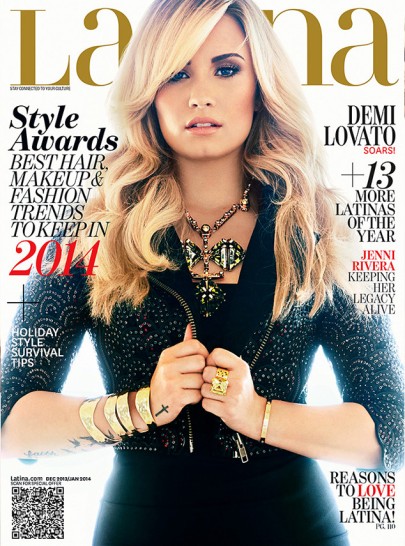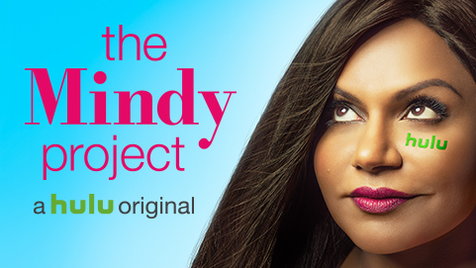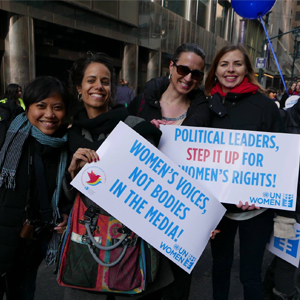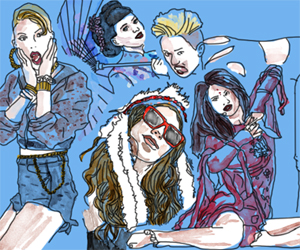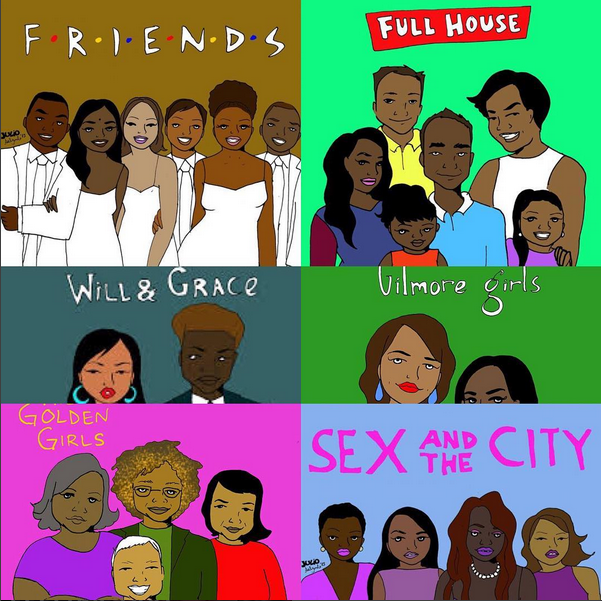
“…there is no discussion of white people. In fact for most of the time white people speak about nothing but white people, it’s just that we couch it in terms of ‘people’ in general…in Western representation whites are overwhelmingly and disproportionately predominant, have the central and elaborated roles, and above all are placed as the norm, the ordinary, the standard.” (Dyer, Richard, “The Matter of Whiteness,” 2005, pg. 11)
I found these images online created by Julio Salgado. He created a series of images (such as the pictures above) and transformed casts from popular television shows to show how it would look if they were played by minorities. Salgado stated that, “My intention here is to be confrontational and turn popular white characters into POC [people of color] characters.” I want to point out that the only reason this would be considered confrontational is because his subject was people of color. Like in the quote mentioned above, there is no discussion of white people because having an all white cast like the shows Full House or Sex and The City is considered the norm, where would the controversy be in that? Representation of Whites are what the general standard is thus, there is virtually no reason for controversy against that race unlike with the issue of post-racism. That concept deals with people of color still being underrepresented, that issue is real but reverse racism isn’t real. When white people accuse people of color of racism and discrimination, for issues like the Black Lives Matter movement or creating spaces for themselves like the BET channel that white people aren’t a part of, they believe it’s excluding them and is reverse racism. This is unfounded because racism is when a group of people is being negatively targeted for their race but this doesn’t usually occur within White people because they’ve never had a problem with being represented.



